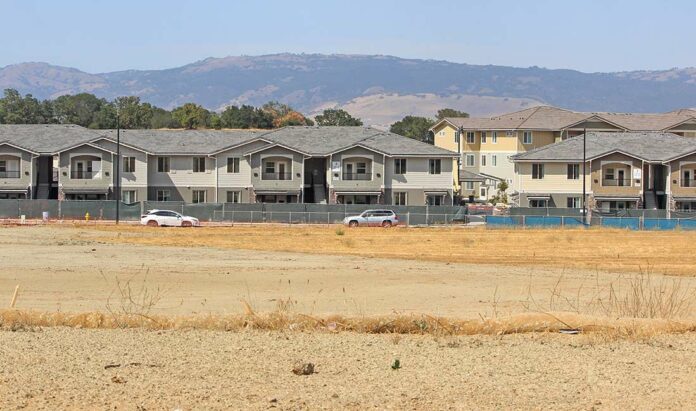Gilroy’s unbalanced housing stock that favors people with higher incomes was a topic of discussion during a meeting Aug. 29.
The joint meeting between the Gilroy City Council and Planning Commission dove into the city’s Housing Element, which is currently being updated per state law. The policy, covering the years 2023-31, addresses the city’s goals and programs to produce and preserve its housing.
Included in the Housing Element is the Regional Housing Needs Allocation (RHNA), which is the number of new housing units by income level determined by the California Department of Housing and Community Development that jurisdictions must reach.
Gilroy has well exceeded its total RHNA numbers by 450 units during the current cycle, which covers 2015-23, according to state reports which document the number of permits issued by jurisdiction.
From 2015-2020, the city issued 367 permits for units designated low income, more than double what was required by the state, the report shows.
But the city is behind on the state’s goal of 236 very low income units, with only 139 permitted during this period, and is only 40% toward the goal of 217 moderate income units. On the flip side, the city has permitted double of its requirement of above moderate income units, approving 946, fueled by the continued development of Glen Loma Ranch in western Gilroy, where current listings for single-family homes start at $1.2 million.
In Santa Clara County, the median income for a four-person household is $168,500, according to the California Department of Housing and Community Development. A very low income level for a four-person household is $84,250.
For 2023-31, the state has set a goal for Gilroy to permit 1,773 housing units. According to Dan Wery of Michael Baker International, the city’s consultant on its Housing Element update, Gilroy has more than enough land capacity to meet this goal.
“The current General Plan and zoning provide enough capacity to meet the RHNA obligations and then some,” he said. “You don’t need to rezone, which is a challenge for many cities.”
But the imbalance the city faced in the previous cycle seems to be carrying over into the next.
According to Wery, Gilroy currently has 930 above moderate income units in the planning process, well above its state requirement of 519. The city will also have a much higher requirement this time around for the very low category, with a goal of 669. However, so far only 42 units are pending, according to Wery.
The city is also already near the goal of 385 low income units, but lacking in moderate income units.
Councilmember Carol Marques questioned why the city has approved so many higher income homes when its very low numbers are falling behind.
“I’d like to see the city say to developers coming in, ‘We’d love to have you, however, you need to build moderate, you need to build very low, because we can’t have you building any more above moderate,’” she said. “We have our quota.”
Vanessa Ashford with Carry the Vision, whose work includes helping people living on the streets find permanent housing, said she is frustrated seeing “$1.4 million houses going up left and right” at Glen Loma Ranch, yet many longtime Gilroyans are unable to rent an apartment despite working multiple jobs.
“We may have exceeded our affordable housing RHNA number, but we didn’t even come close to very low,” she said. “Very low is what the majority of the people looking for a house that work in Gilroy can afford, if they can afford anything.”
Amalia Lopez said she cannot qualify for low income housing due to the many obstacles and requirements.
“You’re saying we have low income housing, but they have to be really low income for our reality,” she said.
The draft of the updated Housing Element is expected to be released for public review in September. It is due for adoption by January.
For information, visit cityofgilroy.org/907/Housing-Element-Update.















